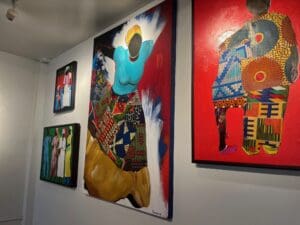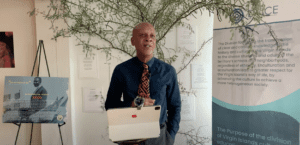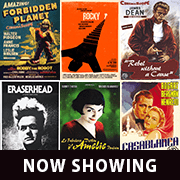This is the 4th year that the Division of Virgin Islands Cultural Education held its grand opening of the “David Hamilton Jackson and All Ahwe Exhibition,” at the Cane Roots Art Gallery in downtown Christiansted.

The space was donated by Sonya Dean and the project is a collaborative initiative between the Division of V.I. Cultural Education and the Department of Planning and Natural Resources, Division of Libraries, Archives, and Museums.
Stephanie Chalana Brown, state director of the Division of V.I. Cultural Education, said, “This exhibition is a celebration of the teachers and a celebration of the students. We gave resources for the teachers to explain and understand all the good works that David Hamilton Jackson provided to the Virgin Islands.”
Jackson was born in 1884 on St. Croix. He was very instrumental in laborers’ struggles and co-founded the St. Croix Union in 1913. In 1915 he started the first free press for people of color in the territory, “The Herald,” with the support of V.I. laborers.
Brown said that Jackson really pushed forward the Virgin Islands toward equitable conditions and even now his work is very important.

“Not only do we want students to see David Hamilton Jackson but to see themselves in David Hamilton Jackson and what issues may be happening now that they find that they might not see equity. While you may see self-portraits where they are thinking about their vulnerabilities and things they need to fix, and they are looking to David Hamilton Jackson’s vision for the Virgin Islands and how he embodies that,” said Brown.
Brown said that due to shorter student schedules that were caused by the heat wave they were not able to produce as many pieces.
Attorney and recently appointed delegate to the Virgin Islands of the United States 6th Constitutional Convention, Devin Carrington, was the keynote speaker.
Carrington spoke about balance. “In art, I think that artists will agree that balance is important. As a musical artist, we players play in collaboration with each other or in concert with each other. Music is a collaborative effort where players listen to each other and complement what each other plays. In other words, players balance each other,” said Carrington.

“Just as balance is important to us as artists, it is important in the wider society,” he said. He painted a picture of the society Jackson found himself in.
“An unfair and unbalanced society–a society where few, the racial minority, lived well but the majority of the people, the African descendants, were poor and struggling. A society where those who were struggling were not able to express their frustration through the use of media; through the use of a newspaper,” said Carrington.
He continued, “A society where those who were not too long free from slavery had little to no labor rights. A society where the black inhabitants at one point were owned by Denmark or America, were not given citizenship by either nation and thus did not enjoy the privileges of citizenship enjoyed by the white minority.”
“Jackson through his work sought to bring balance in his society,” he said.
To see the full interview with Source reporter Jesse Daley and Brown and to hear keynote speaker Carrington’s speech click the YouTube link.
The “David Hamilton Jackson and All Ahwe Exhibition,” is available for viewing throughout the month of November on Saturdays from 12 p.m. to 4 p.m.





